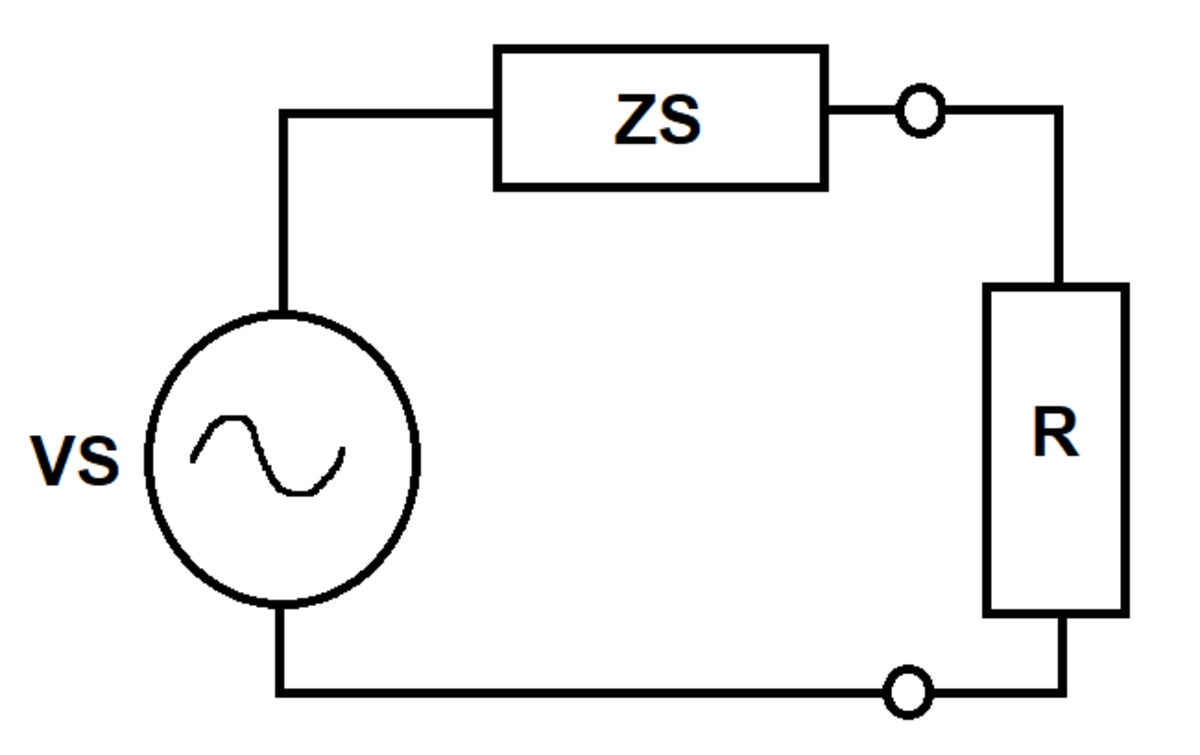Max Power (2-20-2021)
An AC voltage source has internal voltage and internal impedance . A load resistor is connected across the source terminals. What value of maximizes the average power dissipated in the load resistor?
Bonus: Is there anything interesting about the optimal value?
Details and Assumptions:
1)
2)
3)

The answer is 2.236.
This section requires Javascript.
You are seeing this because something didn't load right. We suggest you, (a) try
refreshing the page, (b) enabling javascript if it is disabled on your browser and,
finally, (c)
loading the
non-javascript version of this page
. We're sorry about the hassle.
I = Z S + R V S ⟹ P = ( I R ) I ∗ Plugging in values and simplifying leads to:
P = ( 1 + R ) 2 + 4 1 0 0 R
To find the value of R that maximises P , we need to ensure that the following two conditions are satisfied at the optimal point:
d R d P = − ( R 2 + 2 R + 5 ) 2 1 0 0 ( R 2 − 5 ) = 0 d R 2 d 2 P = ( x 2 + 2 x + 5 ) 3 2 0 0 ( x 3 − 1 5 x − 1 0 ) ∣ ∣ ∣ ∣ R = R o p t i m a l < 0
Leaving out simplififications, the optimal value of R is R o p t i m a l = 5
As for the bonus question, I do notice that the optimal value of R corresponds to the modulus of the impedance Z S . I don't see what this means physically.